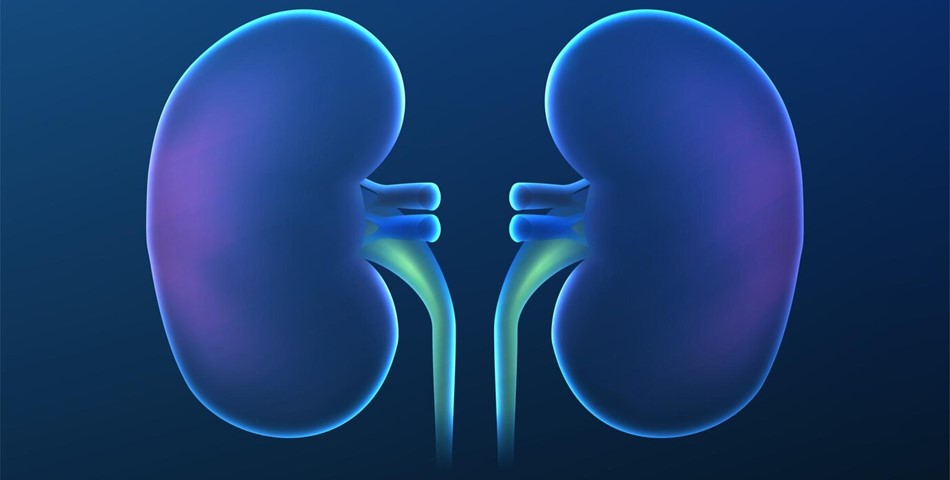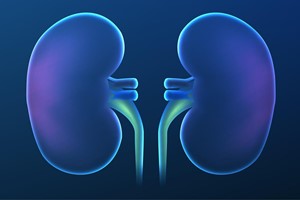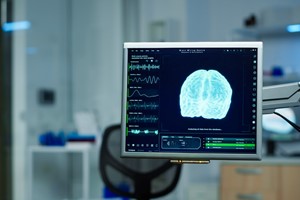In a monumental endeavor, Professor Dimitrios Stamatialis, alongside a consortium of esteemed institutions including Utrecht University, Maastricht University, and UMC Utrecht, is spearheading a pioneering project to redefine kidney dialysis treatment. Their mission: to optimize and validate an upscaled bio-artificial kidney, offering a beacon of hope to the thousands of patients in the Netherlands and beyond who rely on dialysis for survival.
The current landscape of dialysis treatment is marred by significant shortcomings. Despite its life-saving nature, traditional dialysis methods are burdened by high mortality rates and a marked reduction in patients' quality of life. Professor Stamatialis underscores these challenges, citing the urgent need for innovation in kidney care.
At the heart of the problem lies the inadequacy of current dialysis techniques in effectively removing toxins from the bloodstream. Patients endure grueling sessions multiple times a week, yet these treatments only manage to eliminate a fraction of the toxins present, leaving individuals susceptible to infections and other complications. Moreover, the process strips the body of essential nutrients and exacts a heavy toll on both financial resources and the environment.
In response to these pressing issues, Professor Stamatialis and his team have unveiled a groundbreaking solution: the M3 membrane. This state-of-the-art membrane represents a significant leap forward in toxin removal capabilities, boasting a unique design that combines filtration and adsorption functionalities. Unlike conventional filters, the M3 membrane excels at targeting protein-bound toxins, previously deemed challenging to eliminate.
Speaking to UToday, Professor Stamatialis heralded the membrane's potential, stating, "This membrane can remove protein-bound toxins that are hardly addressed by conventional dialysis methods, marking a substantial improvement in patient care."
Building upon this success, the researchers set their sights on developing a bio-artificial kidney—a device that mirrors the intricate functions of a natural kidney. This innovative approach entails integrating the M3 membrane with living kidney cells cultivated on polymeric hollow fiber membranes. The resulting implantable device holds the promise of continuous toxin removal, offering patients a more comprehensive treatment regimen and an enhanced quality of life.
However, the road to a fully functional bio-artificial kidney is fraught with challenges, and the journey may span several decades. Nevertheless, Professor Stamatialis and his collaborators remain undeterred, adopting a systematic approach to advance the technology incrementally.
With ongoing support from investors, companies, and clinical studies, the team is steadfast in their commitment to bringing their visionary solutions to fruition. As the project unfolds, the collaborative efforts of these esteemed institutions offer a glimmer of hope for kidney patients worldwide, signaling a new era in kidney care characterized by effectiveness, efficiency, and accessibility.
In summary, the transformative potential of the bio-artificial kidney project holds the promise of reshaping the landscape of kidney dialysis treatment, offering renewed hope to patients and their families alike.
utoday.nl - Hans Walkers










